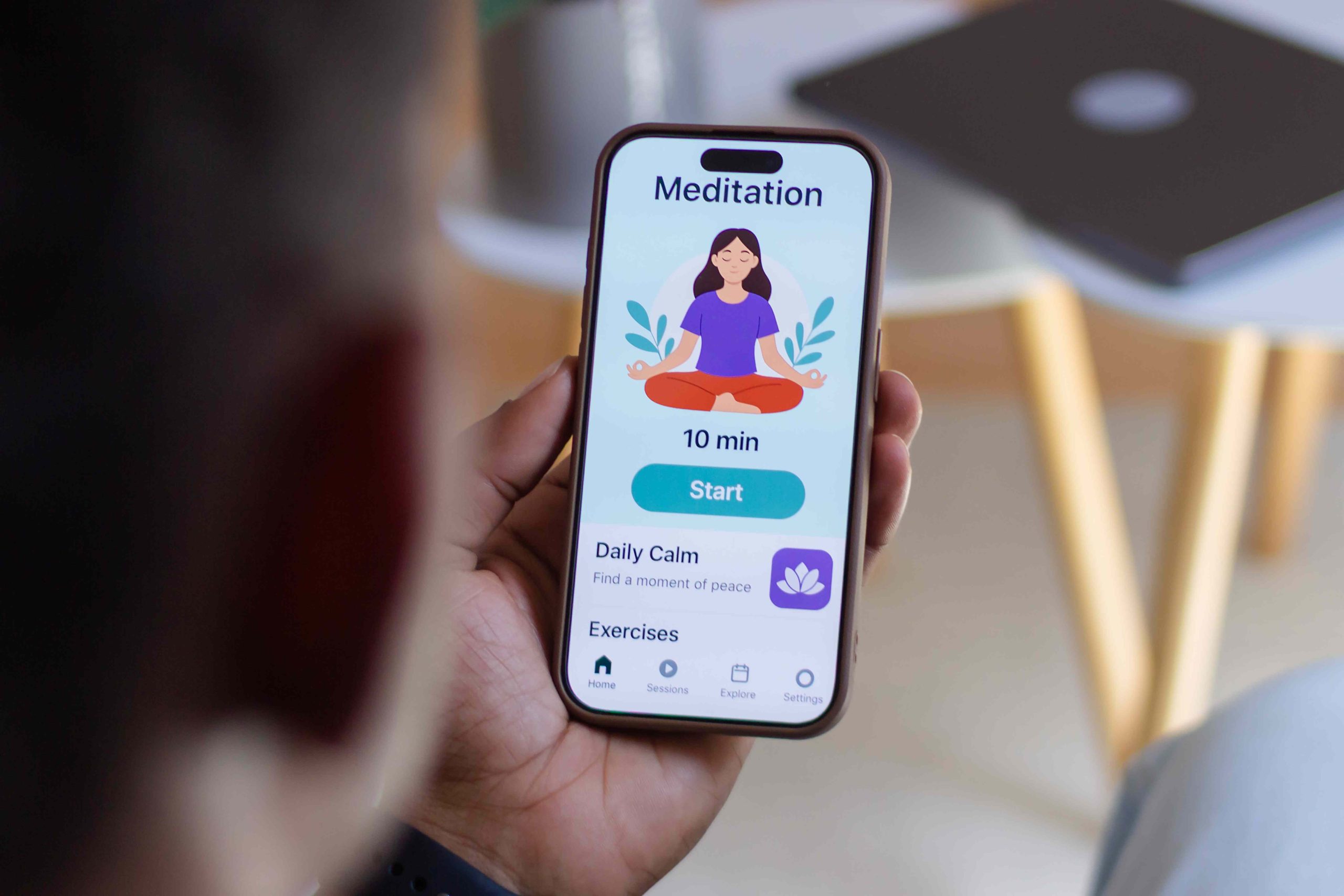Colleges have always been stress incubators. Between academic workloads, financial worries, and the pressure to plan for the future, student well-being has become a top concern for universities worldwide. To respond, many institutions are turning to digital solutions specifically, mental health apps.
Apps like Headspace, Calm, BetterHelp, and Sanvello are now being offered through campus wellness programs. Some schools provide them as free subscriptions, framing them as accessible tools to help students manage stress, anxiety, or burnout.
The logic is clear: students are already glued to their phones, so why not meet them where they are? But the real question is whether these apps genuinely improve student mental health or if they’re just a quick fix that makes universities look proactive without addressing deeper systemic issues.
Why Universities Are Betting on Mental Health Apps
- Accessibility at Scale
Traditional counseling services often come with long wait times. Apps can scale support instantly, reaching thousands of students without requiring more staff. - Familiarity and Ease
Students already use mobile apps for studying, socializing, and managing daily tasks. Mental health apps fit seamlessly into this digital ecosystem. - Cost-Effectiveness
Hiring licensed therapists and expanding counseling centers is expensive. Apps can be a lower-cost supplement for schools working with tight budgets. - Preventative Support
Apps provide quick, on-demand stress relief tools like breathing exercises or guided meditations that may help students before issues escalate into crises.
On paper, these benefits look strong. Yet, the reality isn’t so simple.
The Student Experience: Help or Hype?
While some students say mindfulness apps have genuinely helped them build better habits, others feel let down. For many, mental health struggles aren’t something that can be solved by a 10-minute meditation session.
Common Student Feedback:
- Helpful for small stressors, not major issues: Students report that apps are great for calming nerves before a test but ineffective for dealing with depression, trauma, or long-term anxiety.
- Feels like outsourcing responsibility: Some feel that universities use apps to signal they care about student wellness while avoiding investments in actual counseling infrastructure.
- Engagement drops off: Just like fitness apps, the initial excitement often fades. Without consistent motivation, students stop using them after a few weeks.
- Privacy concerns: Sharing mental health data with third-party apps raises questions about who owns the data and how it’s being used.
Do They Actually Work? Looking at the Evidence
Research paints a mixed picture:
- A 2019 meta-analysis in JMIR Mental Health found that digital mental health interventions can reduce symptoms of anxiety and depression, but the impact was moderate and often short-term.
- Studies also highlight that apps work best as supplements to therapy or in combination with campus mental health services, not as replacements.
- Engagement remains a major hurdle: only about 4% of users stick with health apps long-term, according to industry reports.
In short, the apps do something, but they aren’t a substitute for professional support systems.
The Risk of the “Quick Fix”
The danger of relying too heavily on apps is that they can mask bigger issues. Universities may check the “wellness” box by offering free subscriptions but neglect root causes: understaffed counseling centers, rising academic pressures, and systemic challenges like food insecurity or housing stress.
A mindfulness app won’t make a student’s financial worries go away, nor will it resolve the academic culture of constant competition. Critics argue that apps risk turning well-being into a surface-level solution rather than addressing real change.
Striking the Right Balance
So where do mental health apps fit into the student experience? The consensus is clear: they can be a piece of the solution, but not the entire solution.
For universities, that means:
- Pairing apps with in-person counseling rather than treating them as a replacement.
- Educating students on how to use apps effectively (e.g., as a complement to therapy, not a substitute).
- Investing in community-based well-being through peer support networks, wellness events, and proactive counseling outreach.
For students, it’s about setting expectations: a meditation session can help you through stressful moments, but deeper challenges require deeper support.
The Future of Mental Health Support on Campus
As demand for mental health services grows, digital tools will likely remain part of the equation. But the question moving forward isn’t whether apps should exist, it’s how they integrate into a holistic mental health strategy.
The most promising future model looks like a blended approach:
- Apps provide immediate, on-demand relief.
- Universities expand counseling access with hybrid options (in-person + teletherapy).
- Student-led mental health communities help reduce stigma and normalize seeking help.
In this model, mental health apps aren’t band-aids, they’re entry points that connect students to broader, more sustainable support.
Final Thoughts
Mental health apps have earned a place on campus, but they’re not a magic bullet. For some students, they’re practical tools for managing everyday stress. For others, they’re inadequate substitutes for professional care.
If universities treat them as one piece of a larger mental health puzzle, apps can empower students to take proactive steps toward well-being. But if schools lean on them as the sole solution, they risk reducing student mental health to a downloadable checkbox.
The real test isn’t whether apps are being offered, it’s whether students feel truly supported.






